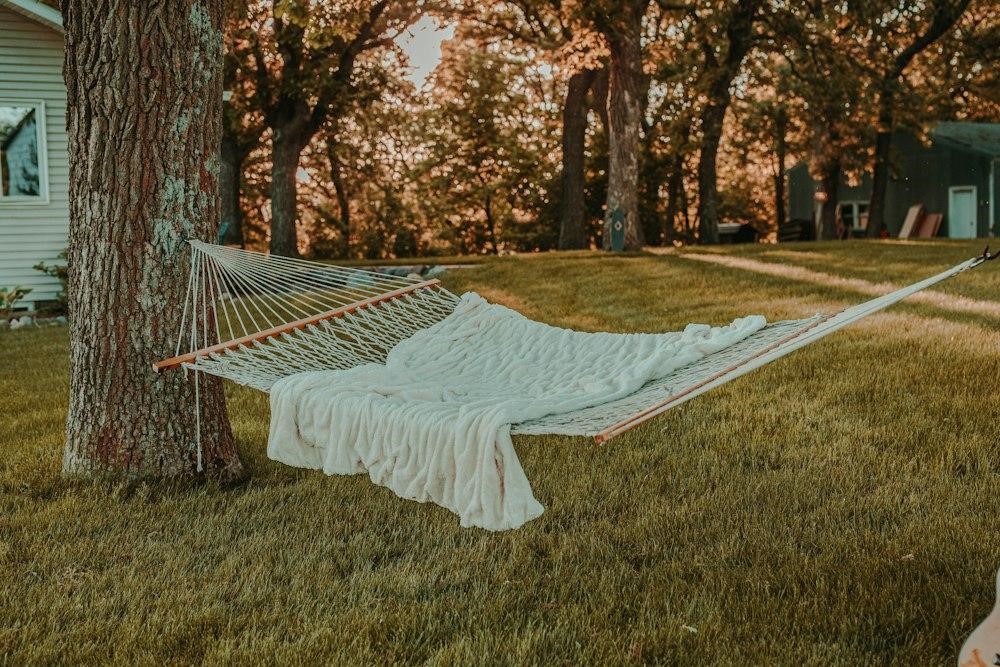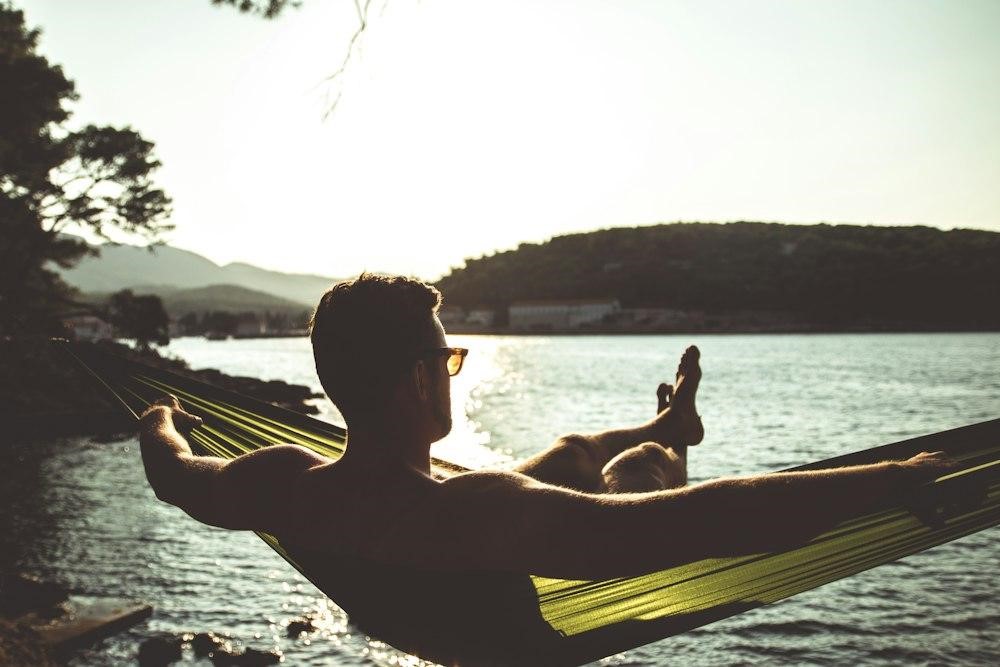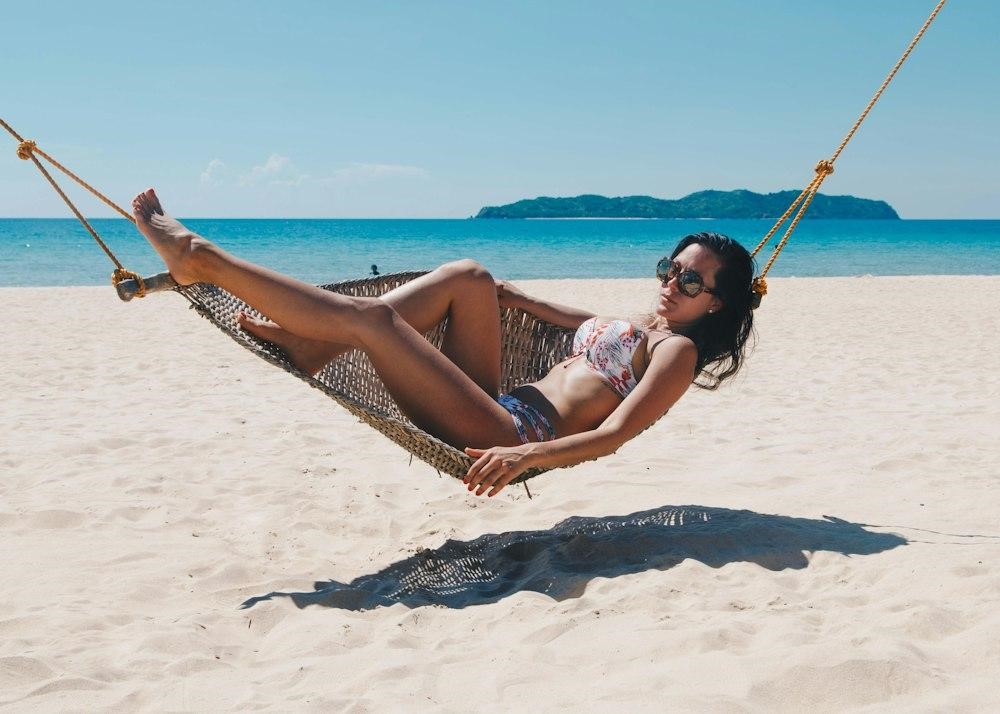Your Buying Guide for The Best Comfortable Hammock
There aren’t many outdoor products that can compare to the pure tranquility of a cozy hammock. Finding the perfect model can take some time, though, because so many different kinds are available. Evaluating important hammock features and materials is necessary to find the best fit for your needs and budget. The experience is influenced by size, kind of cloth, suspension system, accessories, and durability.
Purchasing a high-quality, comfortable hammock will provide many years of tranquil use in your backyard or during camping excursions. This in-depth purchase guide will show you what to look for in the most comfortable hammock appropriate for your needs. We will examine the ideal measurements, building components, and design features that offer complete ergonomic support throughout the day, weather protection, and increased relaxation potential.
Use these tips to find your perfect customizable cocoon among the many hammock styles and options.
Size Dimensions

Hammock dimensions significantly impact comfort, so this should be your starting point. Standard hammock sizes generally range from 9 to 14 feet long and 4 to 6 feet wide. Consider both length and width needs:
Length – Generally, the longer the hammock, the more space to stretch out and change positions. 12+ foot hammocks help prevent cramped knees and ensure proper back support.
Width – Wider hammocks provide room to lay sideways or sit cross-legged comfortably without squeezing. Look for at least 55 inches wide, with 60+ inches ideal for versatility.
Also, consider if you want a double-wide hammock designed for two people. Durability must match the size, too – larger and heavier hammocks need more robust suspension, hardware, and fabric to avoid safety issues. Measure your space to ensure an ideal fit.
Hanging Suspension System
A quality hammock with a stand suspension system evenly distributes weight and minimizes sagging for better comfort. Key features:
“In the round” style uses a single rope looped through all four corners, gathered by a ring to create an integrated hang. This dynamic design flexes with you.
The durable marine-grade rope won’t degrade from the weather. At least 2.5-inch-wide polyester straps reduce stress.
Adjustable chains or carabiners on the straps let you easily modify height and angle. 30° from the flat is optimal.
The hammock should have reinforced straps, connection points, and sturdy end loops for easy setup.
Hammock Curvature
For improved back support and zero-gravity relaxation, adopt a soft “banana” shape with ends curved up slightly to place yourself in an ergonomic position with your head and knees raised above your waist.
Your back may get strained if you lie entirely flat. Instead of drawing the bed tightly flat, ensure it has an integrated gentle curve.
Fabric Material

Softness, breathability, weather resistance, and durability are all determined by the type of fabric. Better materials feel better on the skin and stay longer. Leading choices include:
Polyester: Less breathable, quick to dry, and mold/mildew resistant.
Cotton: Extremely soft and breathable, yet it holds moisture and can stretch with time.
Nylon: Robust and light, however requires a covering to protect the skin.
Acrylic: It feels cottony, resists stretches, and works well for any season, making it the perfect fabric for apparel.
Rope Hammock vs Spreader Bar

Interwoven rope is used to create the bed in rope hammocks. These take on the shape of your body but eventually lose their stability and sag.
Spreader bar hammocks maintain the bed taut and open using two bars at the head and foot. This offers easy access and exit as well as continuous ergonomic assistance.
The most comfortable spreader bars are two because they keep the bed completely supported and don’t allow the middle to dip. Marine-grade wood bars are aesthetically pleasing and resistant to weather.
Weight Rating

Ensure that the hammock you settle for has an optimum capacity more than you need. The single hammocks can barricade about 275–450 pounds, but occasionally, a greater few are manufactured to ensure 700 lbs for bigger localized or couples.
Hardware & Structural Features
Look for signs of durable, long-lasting construction:
Instead of metal zippers, opt for rust-proof nylon or vinyl.
Rust-resistant aluminum or stainless-steel carabiners, rings, hooks and chains.
Reinforced stitching and strong rope connecting points.
Instead of thin tubing, use spreader bars at least 1 inch thick.
Marine-grade closed-cell foam inserts with high density provide stiffness.
Brand Reputation
Brands with a reputation for high-quality materials and workmanship are less likely to break quickly or lose value. A more extended warranty suggests that the maker is sure his goods will last.
Bottomline
The key to choosing the most comfortable hammock is understanding the importance of size, fabric, accessories, and durability. Make careful to select building materials and techniques that are suitable for your region’s environment. Experimenting with different spreader bar types and lengths can also help determine preferences.
With so many excellent options today, find the hammock that gives you the oasis you deserve.
Related Categories
Business
Clothing & Apparel
Digital Marketing
Education
Electronics
Entertainment
Events
Fashion
Finance & Insurance
Flowers & Gifts
Food & Beverage
Games & Toys
Health & Beauty
Home and Garden
Jewelry and Watches
Occasions
Pet
Services
Shopping
Sports And Outdoors
Technology
Telecommunications
Travel
Uncategorized
Women's Clothing



